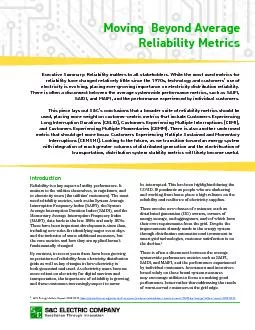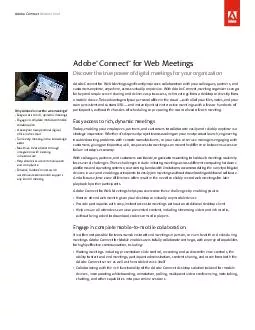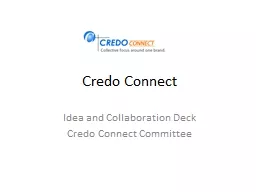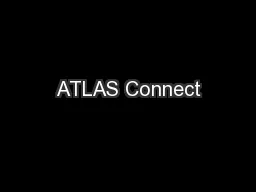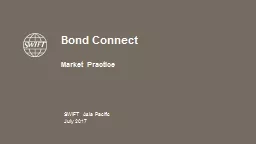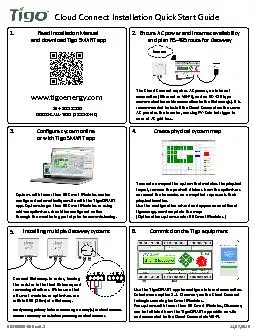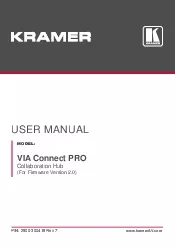PDF-Connect with us
Author : molly | Published Date : 2021-05-15
SC Electric Company100T128Chris Watts is SC Electric Company146s Director of Regulatory Affairs where he is responsible for the Regulatory team146s work tracking
Presentation Embed Code
Download Presentation
Download Presentation The PPT/PDF document "Connect with us" is the property of its rightful owner. Permission is granted to download and print the materials on this website for personal, non-commercial use only, and to display it on your personal computer provided you do not modify the materials and that you retain all copyright notices contained in the materials. By downloading content from our website, you accept the terms of this agreement.
Connect with us: Transcript
Download Rules Of Document
"Connect with us"The content belongs to its owner. You may download and print it for personal use, without modification, and keep all copyright notices. By downloading, you agree to these terms.
Related Documents

